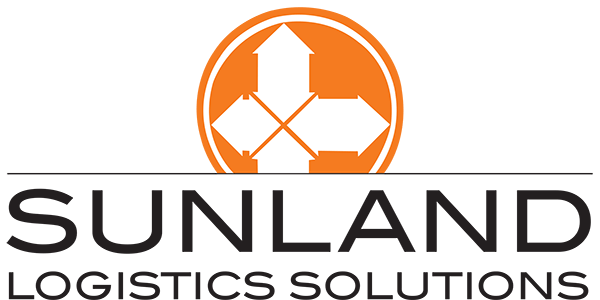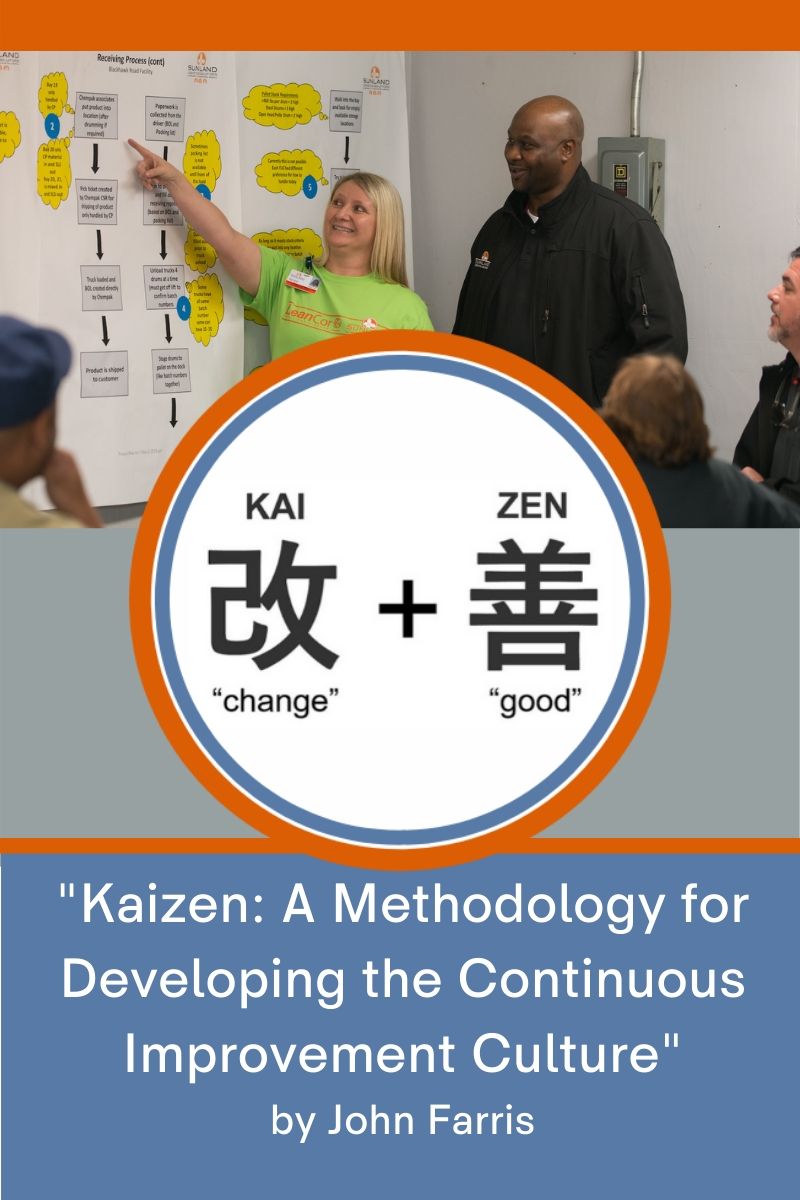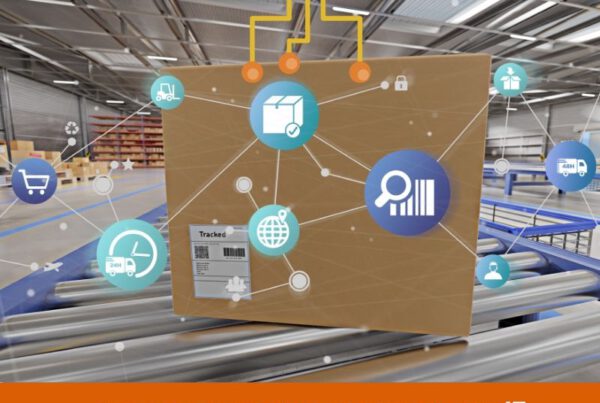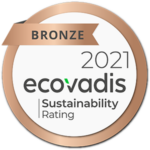Kaizen: A Methodology for Developing the Continuous Improvement Culture
by John Farris, Manager of Process Leadership
Change is something that we are so often faced within our day to day lives, yet we, more often than not, prefer to ignore it and continue doing the things the way we have always done. It’s in our hard-wired, psychological nature as humans to develop consistency in our lives and do our best not to deviate from it. For those of us thinking, “No way, I like change!” How about trying a new barber? Taking your car to a new mechanic next time you have trouble with it? Taking a new route home from work? Not so confident in your admiration of change anymore?
So, why do we as humans, dislike the concept of change so much? The Harvard Business Review released an article that identified the “Top Ten Reasons People Resist Change.” The article highlights the top two reasons as “Loss of Control” and “Excess Uncertainty.” We go to the same barber, mechanic, and take the same route home, because we subconsciously know that it is more than likely going to consistently deliver the quality of output that we desire. The psychological theorem behind this is known as, “Gleicher’s Formula” which states that the perceived pain of loss is greater than the internal persuasion of the potential of gain. In other words, we are wired to fear change because we subconsciously believe the cons of change will outweigh the pros.
So, if we as individuals are naturally hard-wired to resist change, how do we go about changing things in an organization full of people who are also hard wired to resist change? Fujio Cho, former President of Toyota USA, likens an organization to the human body. When a major change is attempted, the body generates “antibodies” which automatically grow to fight the change. So, if we understand that our team members are going to have a natural resistance to major changes, then we should implement a less disruptive method and culture of continuous and incremental change. This can be done through the implementation of the lean philosophy, “kaizen.”
Pretty cool sounding word, huh? So, what does the word “kaizen” mean? Kaizen is a Japanese word that can be broken up into two different words; the first being “kai”, meaning “change.” And the second being “zen,” meaning “Good.” So, if we piece those two words together, we come up with “Good Change.” The philosophy of kaizen is simply a method of implementing continuous and incremental improvement throughout an organization. This is done through small projects containing cross-functional teams with all Key-Stakeholders involved. Kaizen’s foundational bases is the philosophical belief that everything and anything can be improved. In a kaizen culture, there is no such thing as a process that is running “fine.” It is the understanding that every process, no matter how refined, can be improved through small and continuous change. This means (might want to sit down for this one) there is no such thing as “the status quo!” There is only a good process that can be improved to be great, and then improved on again, and again, and so on. This method of continuous and incremental change can add up to significant changes and growth over the long term, all the while avoiding the radical “anti-body” causing change.
Okay, now that we understand that we, as humans are hard wired to resist change, and that there is this helpful philosophy called a “kaizen” that is all about helping us as “change resistors.” How do we do a “kaizen”? Well first, let’s look at what the goal of a kaizen is. The goal of these projects is to reduce wastefulness, or the Japanese translation of the word “muda”. There are eight “deadly” wastes to be on the lookout for when considering where to improve a process. These are; defects, overproduction, waiting, non-utilized employee genius, transportation, inventory, motion, and excess processing. These can be remembered by referencing the Acronym “DOWNTIME.” Referencing this and “learning to see” these different wastes in processes is the foundation to understanding where to direct the first kaizen activities. Once you have identified the highest area of opportunity or, “low hanging fruit”, you can then begin to plan your kaizen activity. Below are the steps to assist with a successful kaizen. Please note that these steps are not “written in stone” and vary depending on the lean practitioner. These are simply the steps that I have developed and utilized during my years of practicing and studying lean history and implementation (and in the spirit of lean, this process is also continuously improving).
Those of us who are familiar with Six Sigma, and or lean, are probably knowledgeable of the Plan, Do, Check, Act (PDCA) methodology, also known as the Deming Cycle. I use this cycle as a guide when developing my approach for completing a kaizen.
Step 1: Cross-functional Team
The first step of a successful kaizen is to bring together a cross functional team of key stakeholders. It is absolutely crucial at this stage to get all of the stakeholders involved from the organization. This must include the front-line associates doing the job, all the way up to the management that is responsible for it. This ensures that the associates are engaged, and their incredibly valuable feedback is captured. More than likely, the associates doing the process do it for over 40 hours a week and their insight into what could be changed is the most useful information that will be gathered during the entirety of the kaizen.
Step 2: Document Reality
After the cross-functional team is created, the next step is to engage with that team and document the reality of the current situation. There are two different ways that things occur, the way that they are supposed to happen, and the way that things actually happen. The only way to be able to successfully improve on the process, is to figure out what is happening to begin with. During this stage, I will ask the management of the process to write down every detailed step of what they believe is occurring. Then, I will ask the associate doing the job to write down every step that they do throughout the day. I have yet to have an occurrence where these two documents are in alignment. The output of this activity is not to put any blame on the associate or the manager, but to show that there are gaps in communication and job expectations when things are not documented and trained properly. A couple of useful tools to use here are Ishikawa diagrams, value stream maps, and spaghetti diagrams, to name a few.
“Eighty-five percent of the reasons for failure are deficiencies in the systems and process rather than the employee. The role of management is to change the process rather than badgering individuals to do better.” – Edward Deming
Step 3: Identify Waste
So, now that we know what is actually happening. Let’s move into the next step, of identifying the 8-wastes within a process. This step allows everyone to clearly visualize where good process improvement opportunities are. This is where “scope creep” can begin to take effect. Everyone will see these opportunities within the process and will begin to focus on what else needs to be done other than what you are working on. I find it very helpful to leave the project scope visible when going through these wastes. This allows everyone to clearly see the problem that is at hand and helps the team to remain focused.
Step 4: Brainstorm Solutions
The next two steps follow each other very closely. After you identify the wastes and areas for opportunity, the next step is to come up with a solution to best attack and eliminate those identified wastes. Team brainstorming is a critical step and is an excellent time to promote “off of the wall” ideas. These seemingly strange ideas can encourage others to partake, and while some of the more…extravagant… ideas may not be the best plan moving forward; they can often lead to creative solutions that can help address a unique problem. One helpful tool to use during this step is an Affinity diagram.
Step 5: Plan of Attack
After a possible solution has been discovered, it is then time to develop a plan of attack. This is usually done in the form of a Gantt chart to help illustrate the plan for everyone. It is critical that everyone agrees during this stage to ensure that all of the plans can be completed within the allotted time frame to ensure no one is “Biting off more than they can chew”
Step 6: Make Changes
The next step in the process is where we begin to get into the actual “meat and potatoes” of the kaizen. We get to take all of this process knowledge and these ideas and go to the floor and implement them! One thing to ensure is that all of the Key Stakeholders, whether involved in the kaizen or not, are being engaged during this time. This will ensure that the activity will have full buy-in and the respect that it deserves.
Before we discuss the next step, let’s first take a look at the standard length of a kaizen. The standard kaizen is roughly one full working week of dedicated kaizen time. This does not leave a lot of time for gathering any sort of data based on the results of a kaizen. The action items that are done after the kaizen is finished also sometimes referred to in the lean world as, “newspaper items,” ensure that the full potential of the kaizen is reached and sustained.
Step 7: Measure Results
The next step is done as a part of the kaizen newspaper agenda. This is to, measure the results. While it is wonderful to claim that a project is expected to yield a certain dollar amount in savings, it is critical to continuously measure the key metrics to ensure the claim is valid. It’s important to note that a week isn’t enough time to gather sufficient data and that’s why it’s done after the kaizen week.
Step 8: Make Standard
After we have determined that the kaizen yielded the results we are looking for, it is then time to standardize the improved process. This can be done through creating or editing the Standard Work. After the document is created or modified it should be sent to all applicable stakeholders to ensure that the benefits of the kaizen are shared among the organization. If the improvement to this one process is applicable to others, then the positive results that we created will only be multiplied across the organization.
Step 9: Celebrate
The next and final step of the kaizen is to PARTY! At this point the team has probably spent a significant amount of their lives working on this improvement and helping the company improve as a whole. A good kaizen team should always be rewarded and celebrated! And don’t think you can get away with a cheese pizza and bottle of Mr. Pibb; it is important to celebrate the team in an extravagant way to reward everyone for the great work and dedication. This can be done through t-shirts, a fun movie-night for the families, or various other activities that are not only enjoyable but help initiate team bonding so that everyone is comfortable with each other for the next kaizen!
“The message of the kaizen strategy is that not a day should go by without some kind of improvement being made somewhere in the company.” – Masaaki Imai
Source: Kanter, Rosabeth Moss. “Ten Reasons People Resist Change.” Harvard Business Review, 26 Sept. 2018, hbr.org/2012/09/ten-reasons-people-resist-chang.
